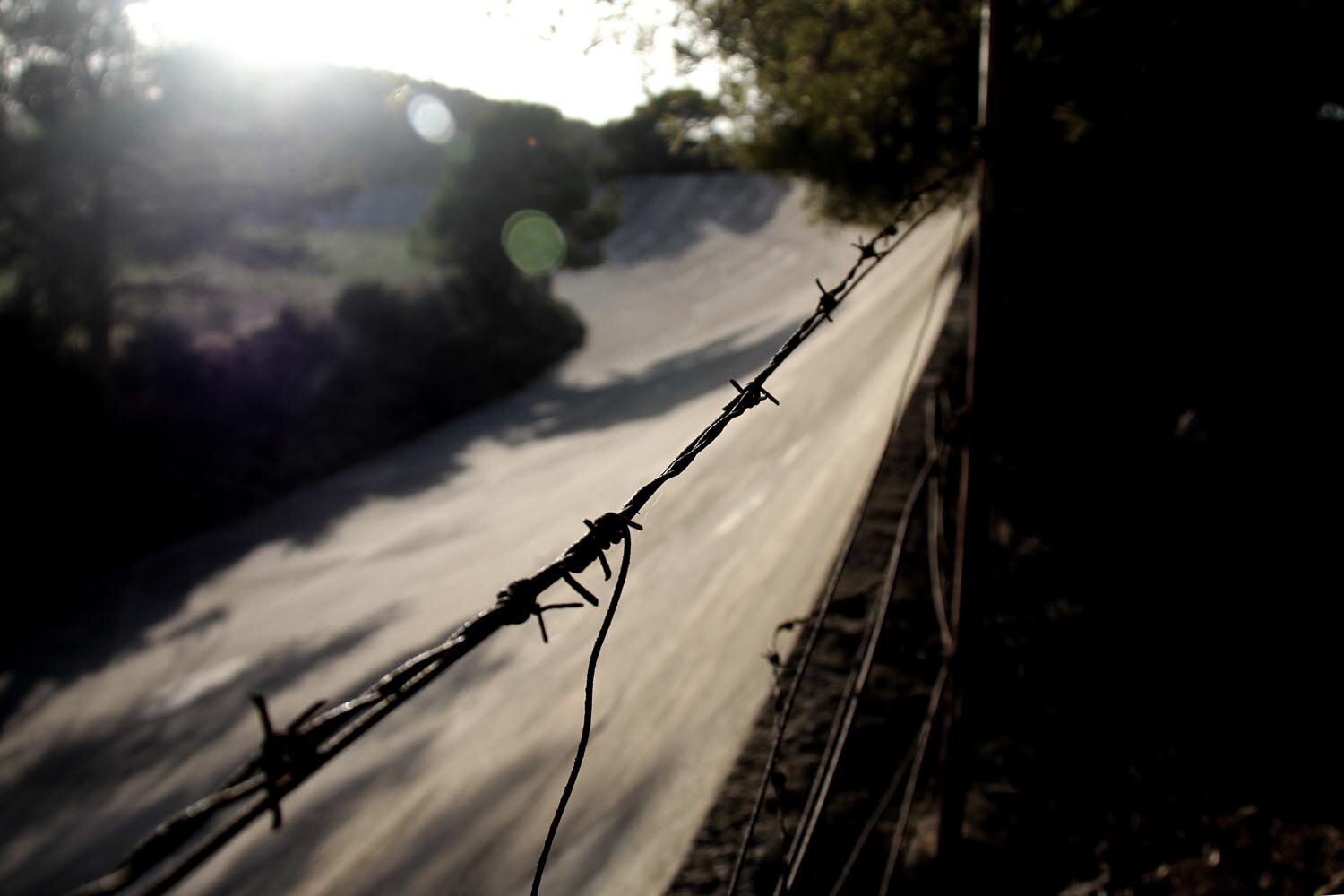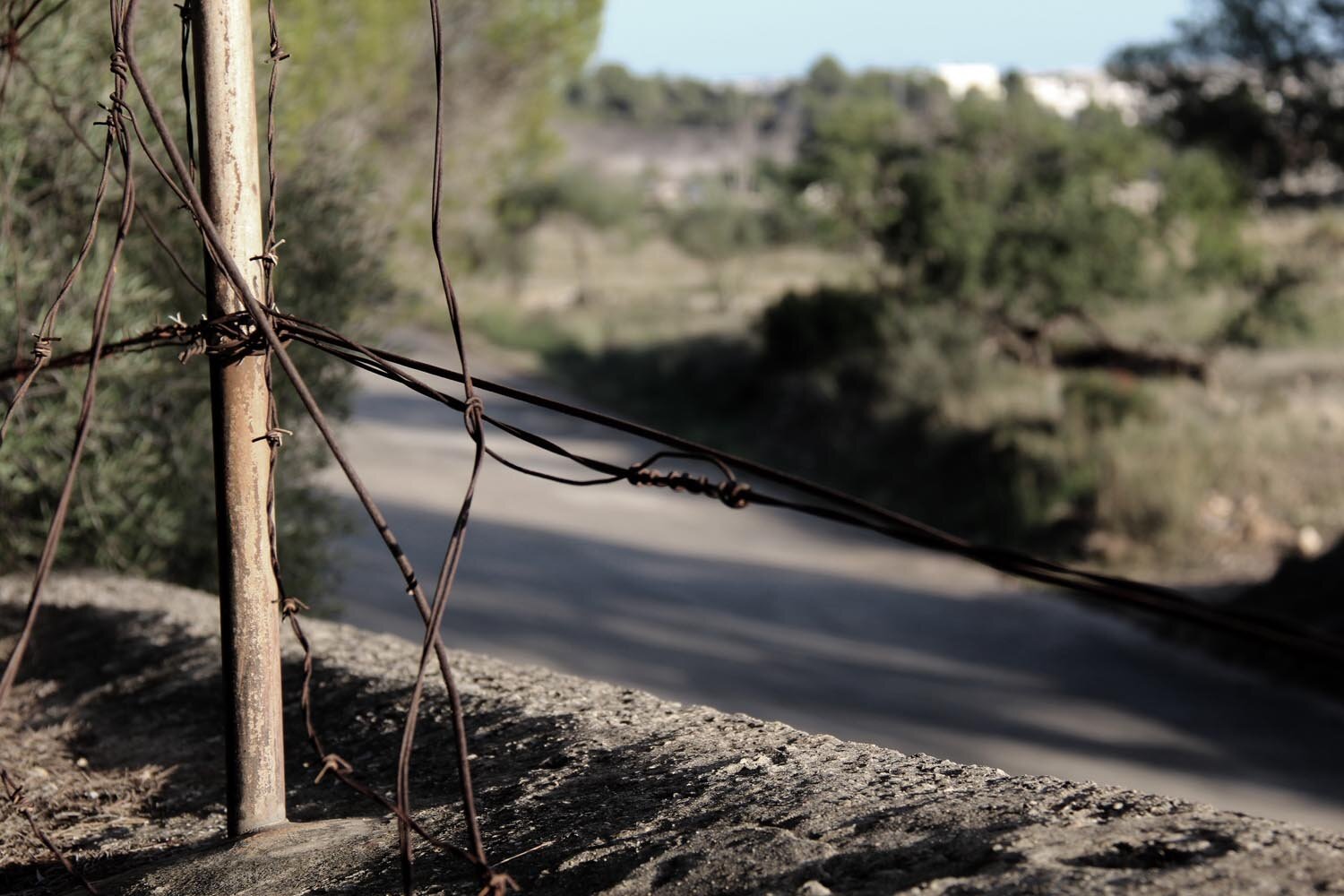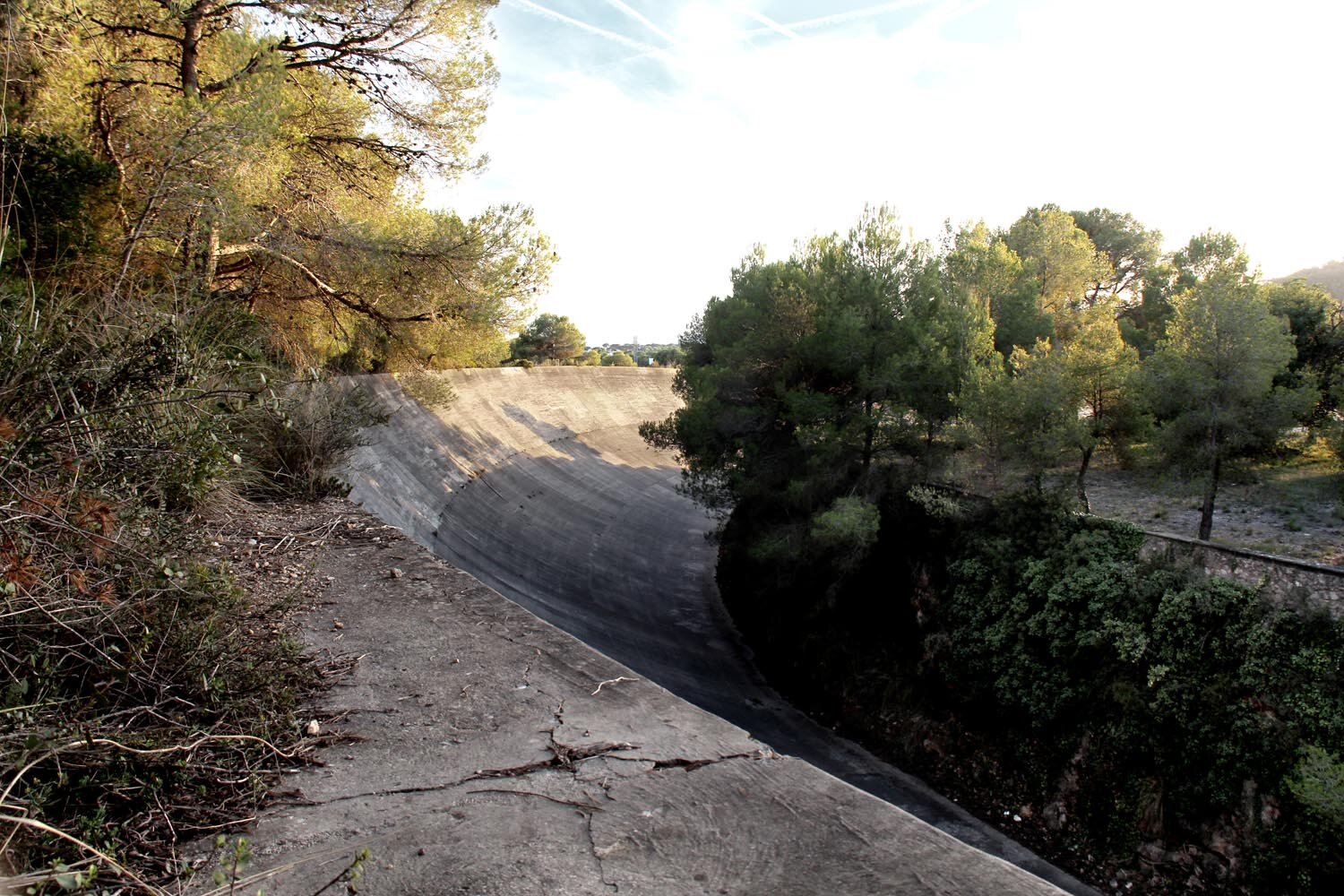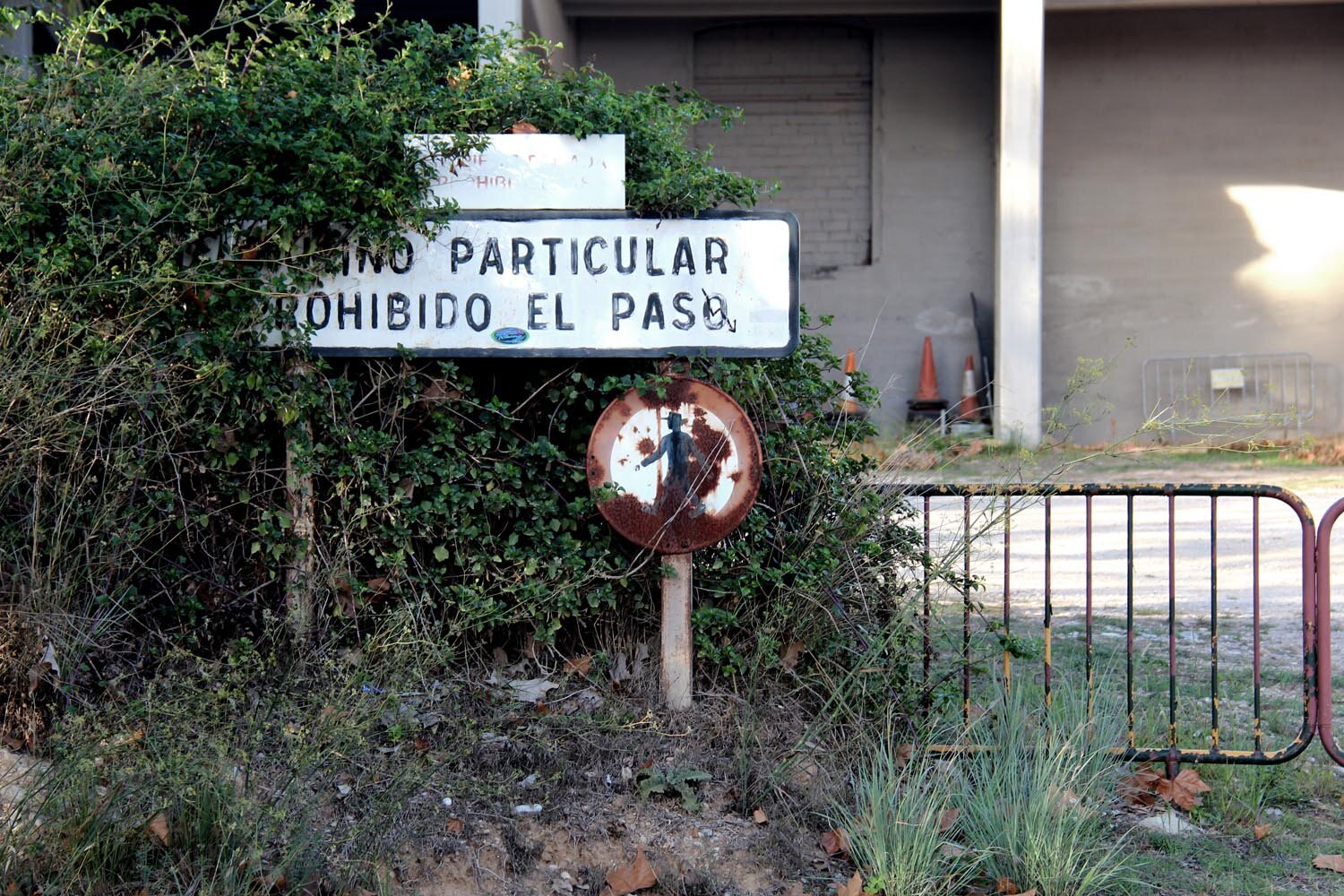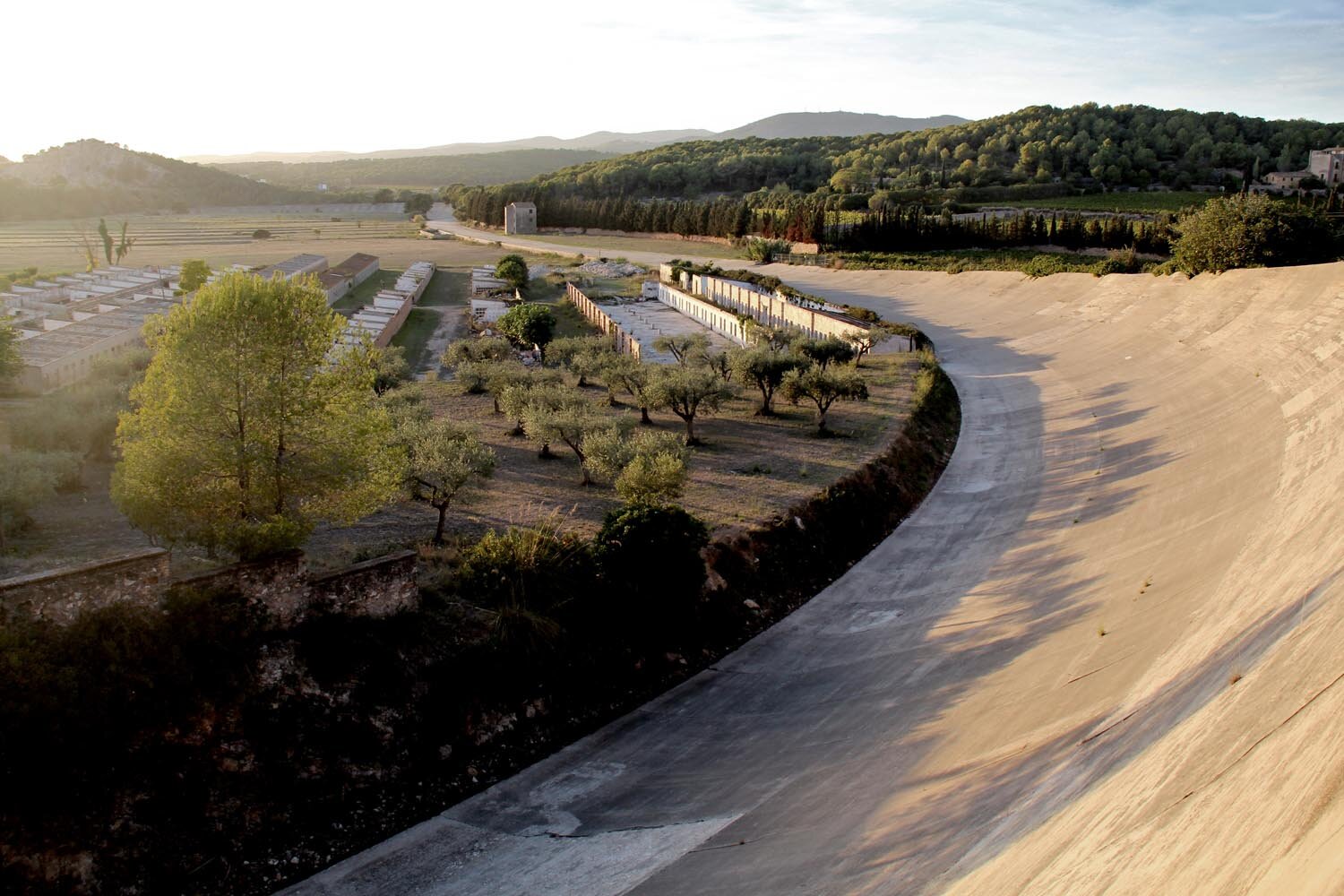Detour Pit Stop #59: Autòdrom Terramar, Sitges, Spain
Autòdrom Terramar is one of the best preserved and most spectacular early racing circuits in the world – and it’s only minutes from the beach in Sitges.
While banked circuits have endured in places like the US their moment in European motorsport was somewhat fleeting, leaving behind a handful of crumbling concrete monuments to the early obsession with outright speed. Brooklands set the template as the first purpose-built motor racing venue in the world, sections of its famous banking now squeezed between housing, office blocks and retail parks. Fleeting glimpses of Monza’s old track among the trees add a frisson to aerial views of contemporary F1, while Montlhéry’s banking endures as an events venue and edifice to motorsport’s early era. Meanwhile the least known, but arguably most original, lurks in the outskirts of the swanky coastal resort of Sitges, near Barcelona.
The influential Ascari Race Resort in the hills above Malaga helped set the modern template for ‘resort’ circuits, created as lifestyle attractions for those of with the money to enjoy them, alongside hotels, golf courses, marinas and other such monied trappings. These are now springing up all over the world but Spain was arguably a pioneer for this long before Ascari came about, the Autòdrom Terramar built in 1923 as part of Sitges’ transformation into a swanky resort embodying the roaring 20s spirit. That tradition endures in the beachside clubs and modernist mansions that line the coast but, just a few hundred yards inland, the circuit lay all but forgotten, crumbling slowly into the rocky hillside out of which it was hewn nearly 100 years ago.
The triumph of its construction – said to have been completed in just 300 days – didn’t last long, disputes over payment for the workers meaning it never fulfilled its promise of being the Spanish Brooklands. Its biggest race was a Spanish Grand Prix in 1923, won by Frenchman Albert Divo in a Sunbeam ahead of the legendary Louis Zborowski at an average speed just shy of 100mph. Impressive, but with just seven entrants and five finishers it was hardly the grand affair a venue of this magnitude hoped to attract and it never really recovered, lying more or less forgotten within just a few years of its construction. A glimpse of that fleeting heyday and flavour of its brief moment in the sun can be found in the fantastic historical photos on the Autòdrom Terramar website, run by the circuit’s current custodians.
Given the size of its intimidating banked corners you’d think it would be hard for something like this to fade into history but even sandwiched between the main coastal motorway to Barcelona, the beach and busy residential streets the circuit manages to feel somewhat tucked away, though its outline is clearly marked on Google Maps and even my Cupra test car’s sat-nav. The main entrance, such as it is, lurks down an unmade track round the back of some houses and, even then, all you can see is the back of the old grandstands. Signs make it clear trespassers are not welcome, though another has contact details and an invitation to book private tours should you wish.
A tempting idea, but if you’re just on a flyer and want to get a sense of the circuit you only have to park up among the houses by the track’s eastern banking, walk a well-trodden path into the scrub and … whoah … there you are teetering at the top of the scariest looking section of race track ever constructed.
Suffice to say, vertigo sufferers had best tread carefully, given there’s nothing to stop you going over the edge of the banking and the vertical looking drop off its edge (actually around 60 degrees but who’s counting) is enough to get the pulse racing just looking at it. Literally carved out of the hillside, the cliff face on its inside edge adds to the drama of the corner, not that it needs any help on that score. For its age the surface has survived incredibly well, though other sections of it have crumbled somewhat and a Red Bull video featuring none other than Carlos Sainz setting out to beat Zborowski’s old lap back in 2012 shows his Audi R8 LMS pinging into the air at several points.
From the top of the corner you can see the length of the back straight – complete with its kink past the control tower directly abutting the track itself – and to the other banking, rearing up from the flat infield like a violent slash of concrete across the wooded hillsides behind. It’s truly remarkable, this amphitheatre to speed breathtaking for its outrageous scale. Where Brooklands echoes to the legendary races it once hosted, Monza has its cameos in modern F1 and WRC and Montlhéry still attracts events the very fact Terramar was used so little adds to its sense of mystique and magic. Especially as somewhere to sit and soak in the atmosphere as the sun goes down, whether that be in passing or ahead of a night of hedonism in the nearby clubs and bars.
Petrolhead pit stops don’t come much more dramatic.
